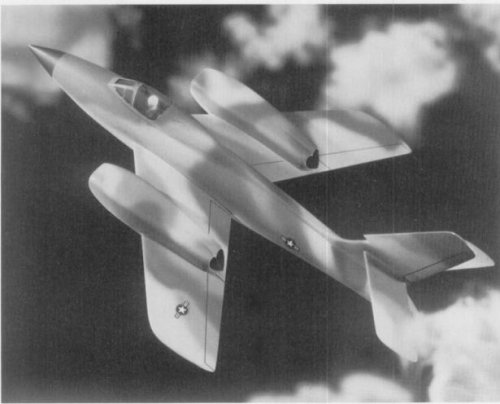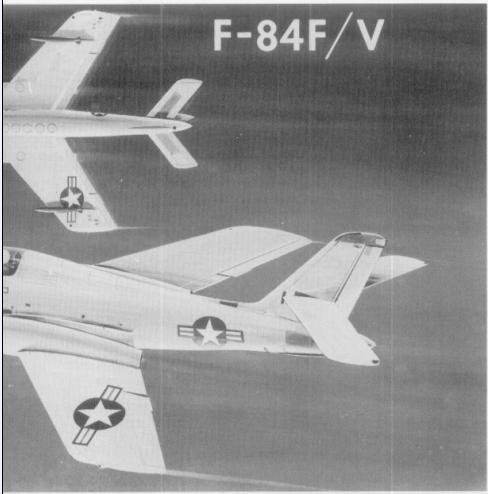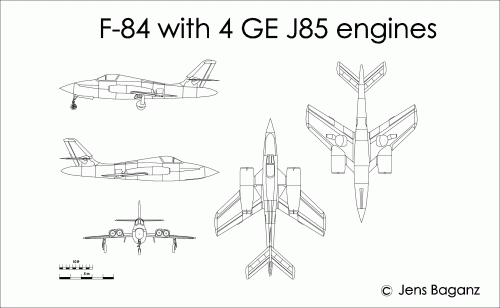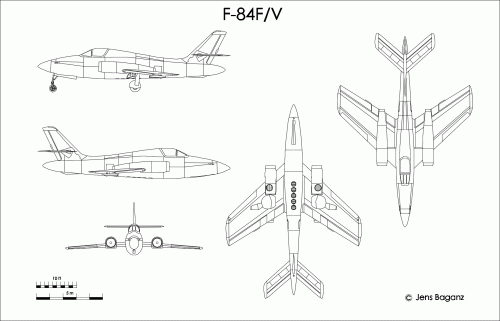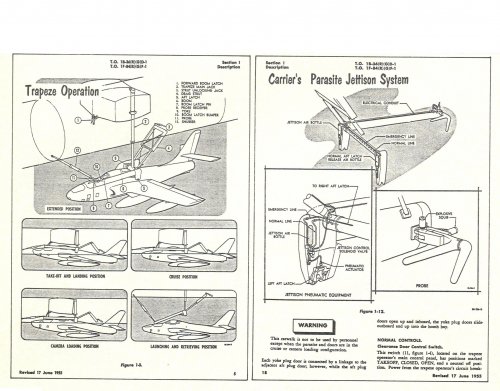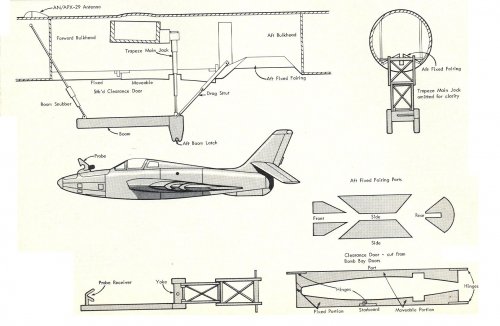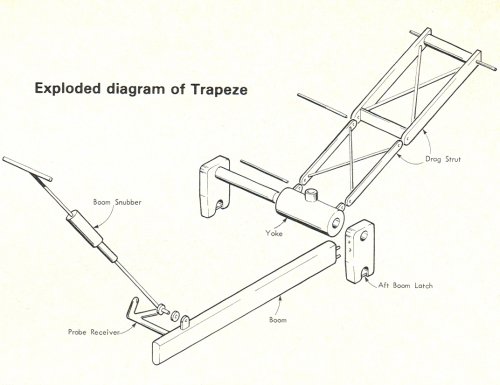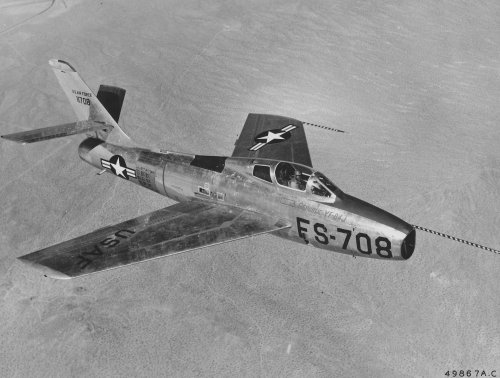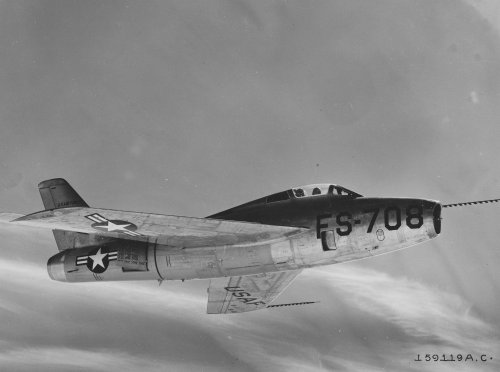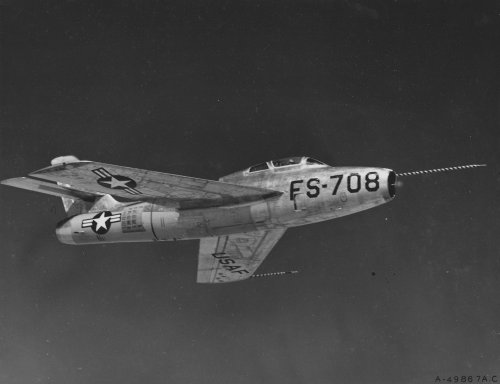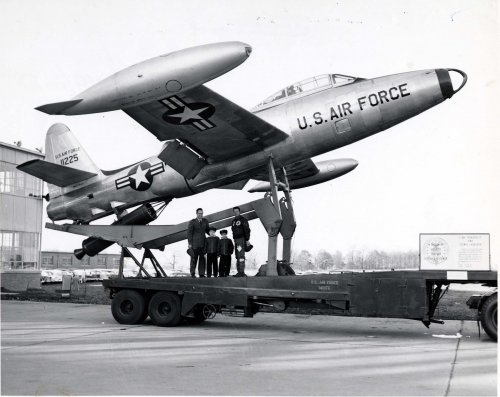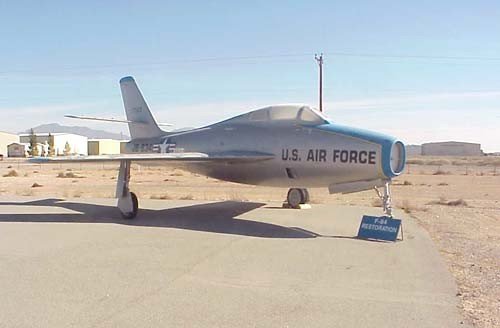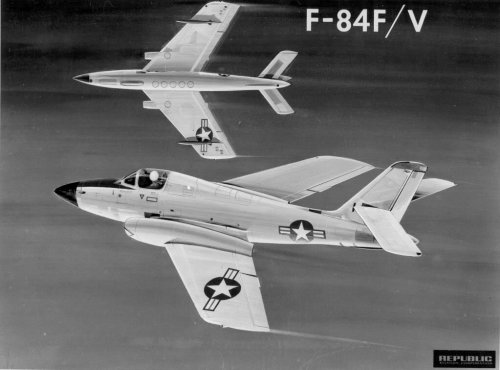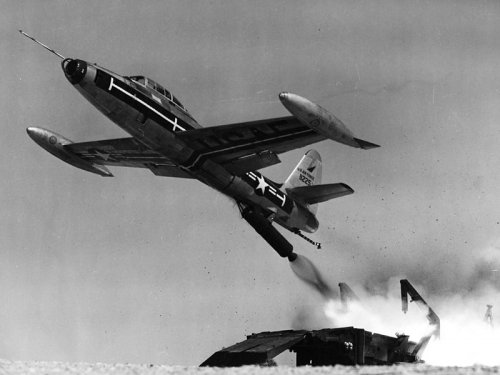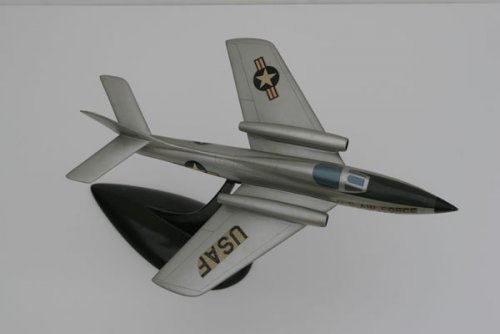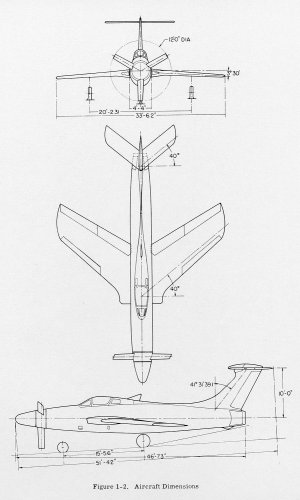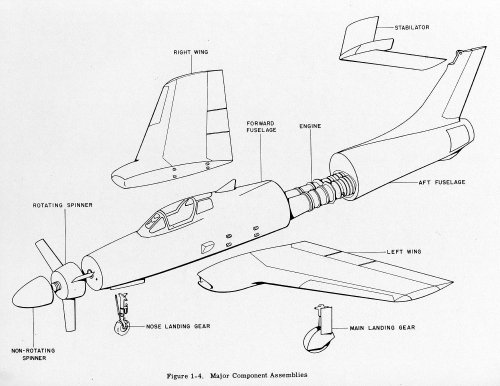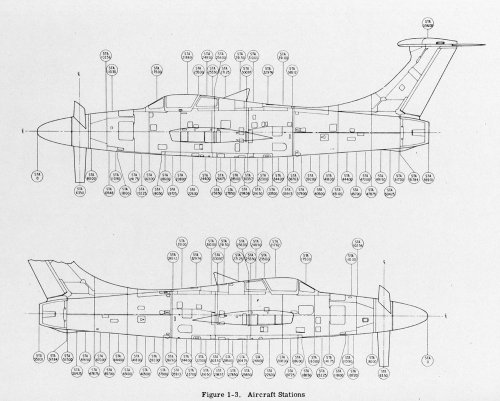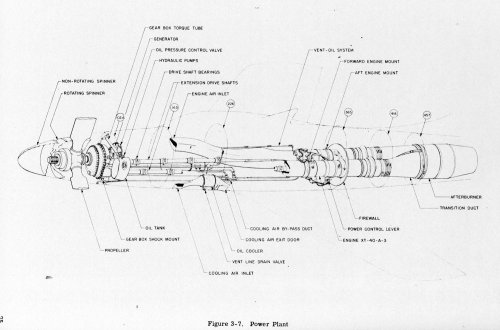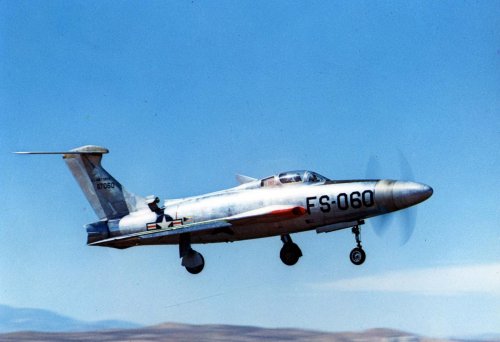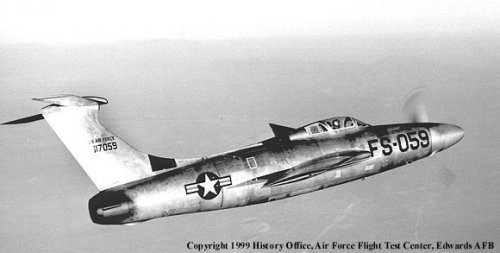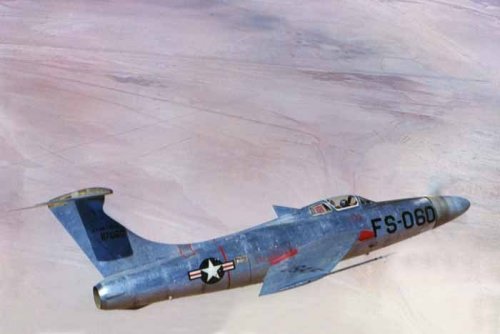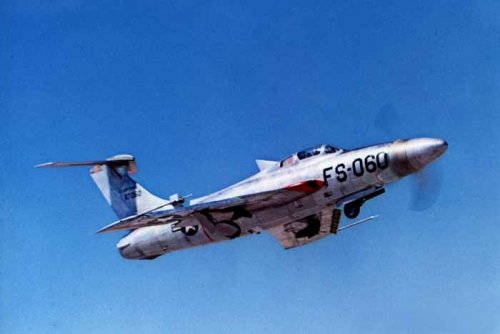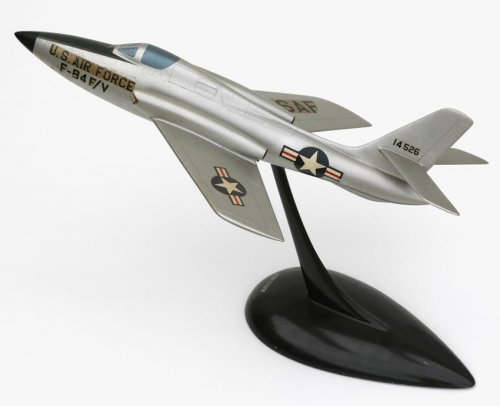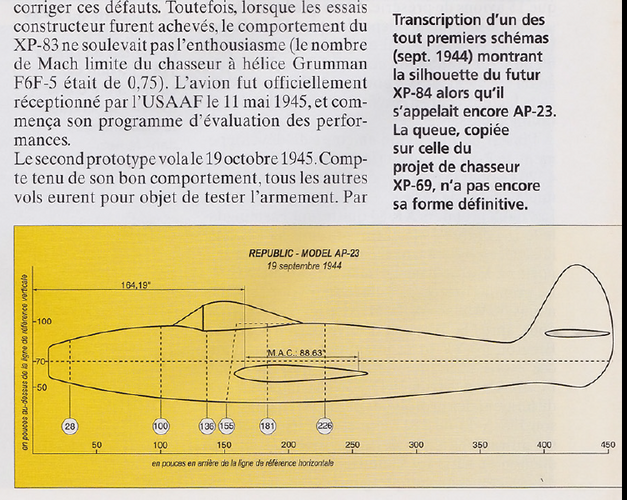Excerpt from NAVAL WAR COLLEGE NEWPORT PAPERS 37; Innovation in Carrier Aviation.
<hr>
The USAF and USN proceeded with their tests. The Air Force was apparently concerned
that a surprise attack by Soviet aircraft on its bases in Europe would fatally cripple
the tactical fighter-bomber force assigned to support U.S. ground forces stationed
there. One way to avoid being caught by surprise was to have fighter-bombers that
could take to the air immediately on warning, and the USAF planned to mount combat loaded
F-84G Thunderjets on mobile launchers designed for the large Matador cruise
missile. But these attack aircraft would be more effective if they were stripped of their
landing gear, and so the USAF examined the flexible-deck concept as a means to
recover such “zero-length launch” planes.
The USAF’s version of the RN’s flexible deck was four hundred feet long, but the extra
length (as compared to what the RN was using) did not protect the pilot of the first test
flight from severe injury. The engineering problem faced by the project team had been
to find a way to retract the F-84G’s flaps, which would be down during the aircraft’s
approach, once the plane’s tailhook had caught. The engineers had feared that bringing
the plane down on the rubber deck with its flaps extended might ruin the deck, and so
they had installed a system to pull the flaps up into the wings as soon as the plane
caught the arresting wire. Unfortunately, on the first attempt this system worked even
though the plane didn’t catch the wire, with the result that the F-84G bounced twice on
the mat and then crashed heavily beyond it. Though a second attempt to land an F-84G
on the mat was successful in December 1954, the pilot was violently thrown around in
the cockpit and badly injured. The USAF then abandoned testing.25
The Navy, proceeding in parallel with the Air Force, first sent two pilots to
Farnborough to gain experience landing on the flexible deck there. BuAer also had
Grumman modify two F9F7 Cougar swept-wing jets for tests planned for early 1955.
Both aircraft retained their landing gear, but both were also equipped with powerful
Pratt & Whitney J-48 engines.26 In an effort to protect its own test pilots and those of
the Navy from injuries of the kind suffered by their Air Force counterparts, Grumman
developed “a rigid torso harness, a formfit helmet with wraparound jaw protector, and
a device for rigidly connecting the helmet to the harness.”27 Though this apparatus successfully
protected the spines of the two test pilots who made the initial landings at
Patuxent River, one, Lt. John Moore, USN, made the following observation: “It was calculated
that with the harness on and the life jacket inflated (in the event of a water landing),
the buoyancy was slightly negative. . . . In the event of a ditching and following the pilot’s safe egress
from the airplane, he had but to remove the life jacket, remove the parachute, remove the protective harness,
reinstall the life jacket and inflate it. It was expected that this could be accomplished while the pilot was standing on the
bottom of Chesapeake Bay.”28 Such sarcasm aside, Moore made a number of successful
landings on the 80-by-570-foot flexible deck.
Like the British flexible deck, the one constructed for use at Patuxent River was composed
of air-filled rubber “sausages,” or bags, that were eighty feet long and thirty
inches in diameter. The bags were stretched across the deck’s base and topped by “rubberized
fabric mats” that held them in place. The Navy’s flexible deck, again like its
counterpart in Farnborough, had a front ramp (also composed of air-filled bags) and a
single arresting-gear wire. “To provide a slippery surface for landings, a compound of
silicon and water was applied to the deck surface by crewmen with swabs.”29
<hr>
25. Jacobs, “Follow the Bouncing Cougar,” pp.
11, 14. See also the excerpt from John
Moore’s “The Wrong Stuff: Flying on the
Edge of Disaster” in From the Flight Deck: An
Anthology of the Best Writing on Carrier Warfare,
ed. Peter B.Mersky (Washington, D.C.:
Brassey’s, 2003), p. 182.
26. Jacobs, “Follow the Bouncing Cougar,” p. 14.
27. Ibid., p. 16.
28. Moore, in From the Flight Deck, ed.Mersky,
p. 186.
29. Jacobs, “Follow the Bouncing Cougar,” p. 17.

